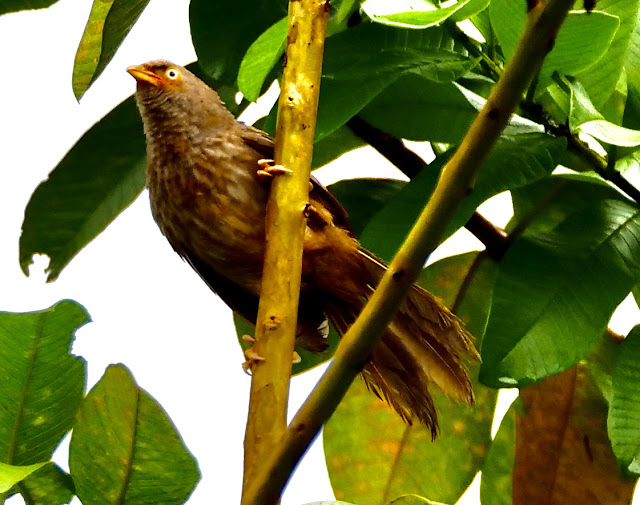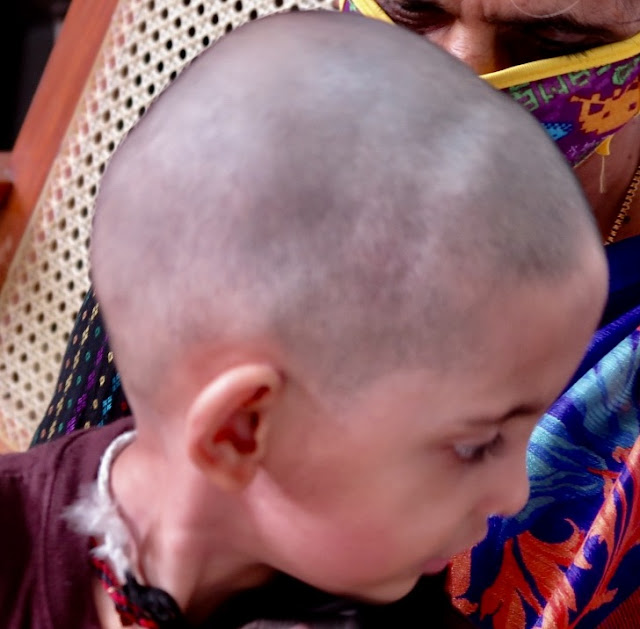Dr C Radhakrishnan, the founder dean of the MOSC Medical College, Kolenchery has moved on yesterday, leaving us with many memories of his charm and charisma! He was also the first head of the department of the Forensic department at MOSC Medical College.
I first met him in 2012 when Anna and I were to join the Medical college after our retirement from CMC Vellore. Dr Sojan Ipe, the medical superintendent took me to meet the Dean to discuss using the portion of the space of the Forensic department for starting the Developmental Paediatrics facility in the college. He heard me out about the specialty of the Developmental Paediatrics. He kept silent and walked us to his department from the Dean's office and showed me one section of the Forensic department, a hall and three rooms and said, 'This space is for your speciality'! I stood stunned that he could be generous to give away a large portion of his department space!
I met him twice while the modifications were being made to accommodate the facilities we needed to begin the specialty. He kept asking more and more about the developmental disorders and child development. One thing I noticed which surprised me then was his habit of getting up from his chair and leading me to the conference table in his office, around which we sat to converse.
His story as a Professor of Forensic Medicine in the government Medical Colleges and as the Dean of Medical Colleges during his term in the government service did have many twists and turns. He recalled some of them in our conversations, which fascinated me because he had an academic vision, research interest and decisive thought process on training health care professionals. He was keen to know about CMC Vellore as that college stood apart in his thinking as a place of excellence and service.
Two days after we started the department on 14 September, 2012, Dr Radhakrishnan dropped in to greet us in the department. I was with a child during a consultation and he sat watching the conversation till it was over. He wanted to observe all the facilities. The space was well set up in a child friendly manner as the furniture, equipment, toys, educational materials needed for a Child Development Centre donated by ASHIRVAD had arrived by then. Each room with different functions did convey the scope and content of the service, about which he commented heartily.
I remember with pleasure and joy, the several meetings and conversations we had when he dropped in to the department unannounced. On one occasion, he told me that he needed Anna and me to be active in the Medical Education Unit which was set up at that time under Dr Jeeji. That led Anna to be actively involved in the faculty development seminars.
On another occasion he dropped in to talk about activating research initiative in the institution, which led to the formation of the Institution Review Board. Anna was invited to be the co-ordinator of that project. He was an ardent supporter of this initiative because of which we had several students, as shown in the first photo in this blog, taking up ICMR student research projects.
During the first anniversary meeting of the department (second photo), he spoke warmly about the developmental Paediatrics and suggested to the medical students to visit the department. I knew that he was interested to post undergraduate students for a clinical posting in the department, although that did not happen.
Dr Radhakrishnan honoured us by coming to a parent's meeting organised by the department (third photo). We felt fascinated by his friendliness towards families and children on that occasion. He was a friend and companion to us.
I remember occasions when he invited Anna and me to get involved in tiers pertaining to student relationships between batches. There were good opportunities to become familiar with some conflict prone situations among students and help them to find a middle path. Those contacts helped them to get involved in the activities of the Developmental Paediatrics department.
A few months before he retired, during one of his visits, he saw that every space in the department was occupied. The autopsy room which was behind the department was largely used for storage purpose. He asked me if we can use the space. I felt delighted and overwhelmed at that offer and we have since then turned that space into a consultation room, occupational therapy section, meeting room and space for the tables of the staff. I still stay wondering how could Dr Radhakrishnan make such a generous offer!
There are some charming things about him. He saw other's goodness and responded to them warmly. He endeared himself to students by being firm and yet caring. He was an academician at heart. He made self disclosure about his life and sought help when he needed some insights in difficult situations. At his retirement, he left knowing that he contributed to build a medical college. He was happy that he could revise his life while being at MOSC MC and could look forward to a restful retirement life.
Anna and I made a trip to visit him in his home at Kottayam two years ago. He lived in an aristocratic home with its history of almost hundred years. He recollected during that conversation several memories of his time and association with us. He regarded his time at MOSC MC as an experience of seeing something good emerging which holds promise for the future.
For Anna and myself, he was a well wisher. In Dr Radhakrishnan we found a person who valued the vocation of medicine and advocated teaching as a process of co-learning with students.
Such people remain distinguished in health care. His memories bring new inspiration!
M.C.Mathew(text and photo)











































